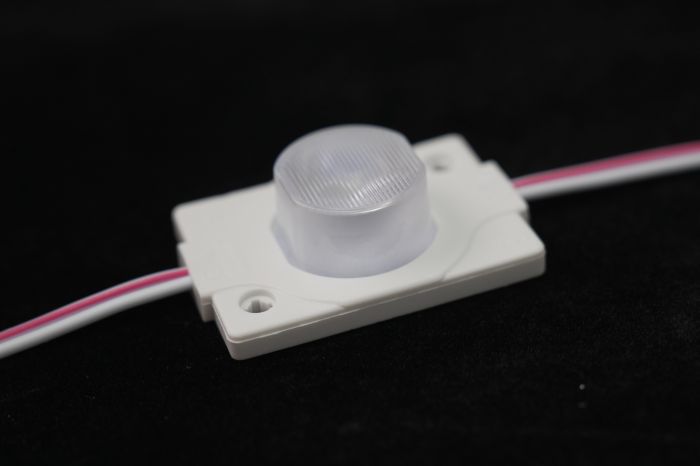
LED Light Box Edge-Lighting Modules are considered to be the best lighting solutions than other traditional lighting technologies that have more efficiency in energy consumption and are environmentally friendly. With their numerous benefits, LED Modules are suitable for different applications, including advertisement displays to architectural lighting. The following is an in-depth analysis of how LED technology can help reduce power consumption, lower operational costs, and mitigate negative environmental impact.
Decreased Energy Consumption
One key advantage of the light box edge-lighting module using LEDs is its great energy efficiency. Unlike incandescent or fluorescent lamps, a higher proportion of electrical energy is converted to light by LEDs resulting in wastage of much heat energy. This efficient performance translates into remarkable power economy. For instance, while led modules consume about 75% less power compared with conventional bulbs using incandescent technology and approximately 50% less as opposed to those using fluorescent techniques.This drop in electricity utilization helps curb utility bills and lowers demand on power-generating stations leading to reduced emissions of greenhouse gases.

Decreased Operating Costs
The resultant lower amount of energy consumed by LED light box edge-lighting modules has a direct effect on operating expenses. The adoption of this technology within companies and facilities guarantees substantial savings on their bills over the life span of the system used for lighting purposes.Additionally, LEDs outlast traditional bulbs.led modules can last up to 50,000 hours if not more as opposed to incandescent ones that usually last around 1,000 hours or fluorescents which may go for about 8,000 hours.The prolonged service reduces the frequency at which one undertakes replacements thus lowering overall maintenance expenses.
Negligible Environmental Impact
Sustainability advantages from the use of these light boxes extend beyond just energy savings.The long lifespan associated with this brand means fewer numbers will be disposed reducing waste levels.Without mercury like in florescent bulbs, LEDs are not classified among the hazardous materials thus posing a disposal challenge.Their strength also reduces vibrations and shocks hence lowering chances of breaking down and need for replacements.
The adaptability to modern control systems further decreases the environmental impact due to LED technology. Smart lighting solutions using LEDs allow dimming, motion detection, and daylight harvesting in order to optimize light levels as needed thereby saving energy. This feature makes LED light box edge-lighting modules more sustainable that will be preferred over other alternatives.
Supporting Green Building Initiatives
Green building standards such as LEED (Leadership in Energy and Environmental Design) recognize the advantages of employing energy efficient lighting systems like LED light box edge-lighting modules. Points given towards certification can be earned by buildings installing energy-saving lighting fixtures which demonstrate commitment to environment conservation.This could make such structures more marketable and attractive to those potential clients or investors who have a strong bias towards environmental sustainability.
In conclusion, LED light box edge-lighting modules offer substantial energy efficiency and sustainability benefits over traditional lighting solutions. By reducing energy consumption, lowering operating costs, and minimizing environmental impact through a longer lifespan and reduced maintenance requirements, LEDs represent a forward-thinking choice for modern lighting needs. As technology continues to advance, the adoption of LED modules will likely increase, driving further improvements in energy efficiency and sustainability across various industries.